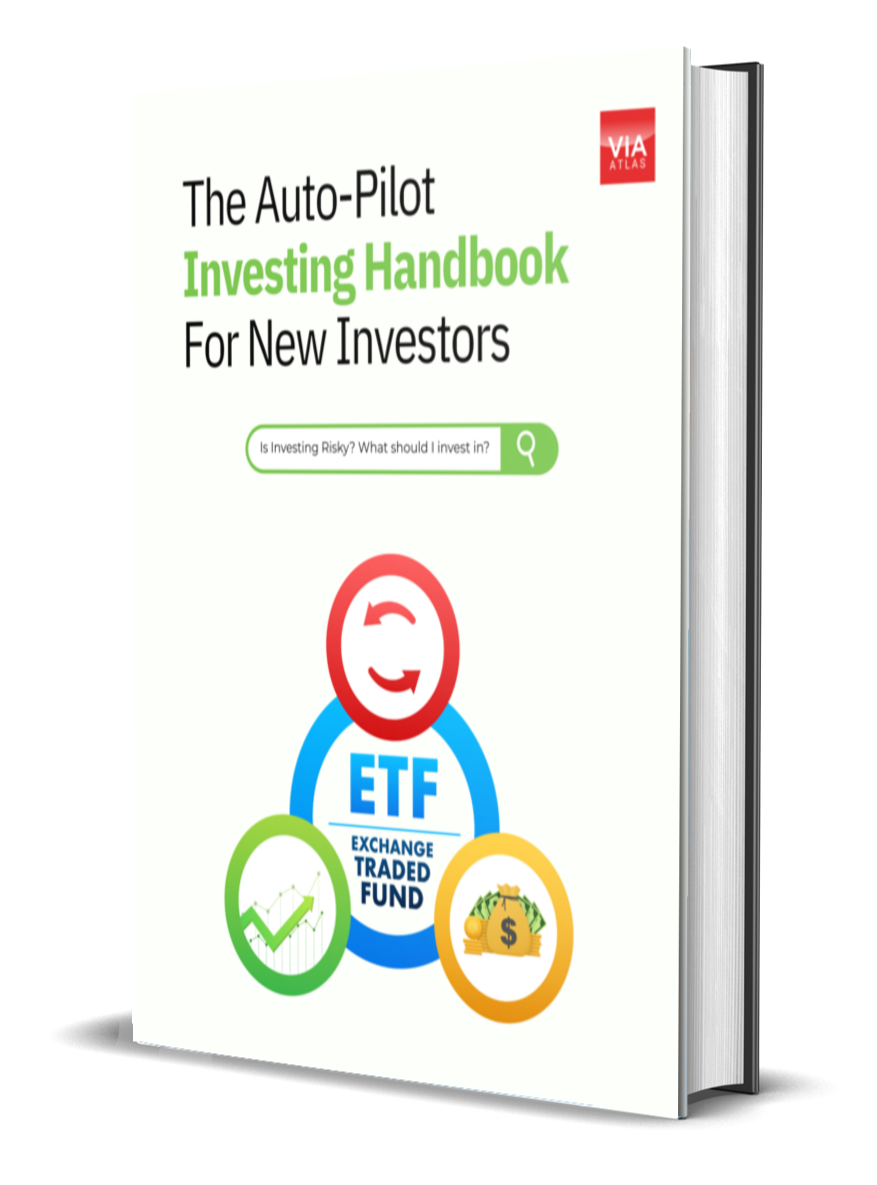The One Asset That Can Beat 8 Years of Your Friends' Income—in Just 1 Year
Hi, this is Cayden from VIA—Value Investing Academy!
Now by now, you probably know me already from the first two
videos, so I won’t go into another introduction. But before we dive in, let me
share something fun about where I’m filming these videos.
I’m currently in my office—and trust me, it’s a colorful
place! I’ve filled it with collectibles and toys. Behind me, there’s a big
Superman figure I splurged on (yes, quite expensive!). I’ve also got a
Stormtrooper, a Captain America shield, and lots more.
Now, why are all these toys in the office? Simple. My wife won’t let me bring them home! 😅 But seriously, they’re assets—but they don’t generate income. That’s why they stay here and not in my investment portfolio!

Now let’s recap what we’ve covered so far.
In Part 1, I shared the secret behind how people on
the Forbes list built real wealth. Every single one of them owns a business.
And those of us who don’t own businesses? Well, we’re usually the ones
working for them.\
Then in Part 2, I explained the two types of assets in the world:
- Income-Generating Assets (like businesses and rental properties), and;
- Non-income-generating assets (like gold, wine, or stamps)
To achieve financial freedom, the goal is clear:
We need to accumulate income-producing assets until the passive income
they generate is greater than our expenses.
Now once that happens, you’re free. And to grow richer? Just
use part of your passive income to buy even more assets. Over time, your income
increases, your asset base grows, and your expenses? They stay the same.
So now you might be asking:
“Cayden, what income-generating assets can I start with?”
Well, as I mentioned in the last article—today I’ll
introduce you to one specific asset. It’s something that, if you invest
consistently, the income you generate in just 1 year could surpass what
your peers earn in 8 years combined.
This powerful income-generating asset is called an ETF—or
Exchange-Traded Fund.
So what exactly is an ETF?
Let me take you back a little.
When stock markets first started, there were only a handful
of companies listed—maybe 1, 2, or 3. Over time, more companies joined. And
eventually, academics began asking:
“Are share prices in general going up or going down?”
To find out, they took the share prices of several big
companies—sometimes 30, sometimes 500—and averaged them. That gave them a
single number to represent overall market movement.
If this number went up, it meant most stocks were
rising—what we call a bullish market (because bulls strike upward with
their horns).
If the number went down, we’d say it’s bearish—since bears swipe
downward with their claws.
This average number? They gave it a name:
It’s called an index.
But here’s the thing—you can’t invest directly in an index. It’s just a number.
So what happened next?
Some smart fund managers thought:
“Why not create a fund that mirrors this index?”
And that’s how index funds were born.
If the index has 2% allocated to Apple, the index fund holds
2% Apple too.
If the index includes SIA with 1%, the fund will mirror that too.
So when the index goes up, the index fund also goes up. And
when the index falls, the fund mirrors that too.
Later on, these index funds were listed on the stock
exchange—and got a new name:
ETFs—Exchange-Traded Funds.
Now let me give you some examples.
In Singapore, the most common ETF is the STI ETF,
which mirrors the Straits Times Index. This index includes 30 of
Singapore’s largest blue-chip companies. So when the STI rises, the STI ETF
rises too.
In the US, there’s the S&P 500, which tracks 500
of the largest companies in America—like Apple, Microsoft, Google, Amazon.
Now you can’t invest in the S&P 500 itself...
But you can invest in an S&P 500 ETF—which mirrors the index.
Other famous indices?
- Nikkei 225 from Japan (225 companies)
- Hang Seng Index from Hong Kong
So now you understand what ETFs are and how they work. But
that leads us to the next big question:
Are ETFs really that good? And if they are... how do you
start investing in them?
Well, in the next article, I’m going to walk you through how
to automate your investments into ETFs—yes, autopilot investing—so you can
start building passive income every single month.
Remember what I said earlier?
If done right, the income you earn from this strategy in
just 1 year...
could exceed what your peers will make in the next 8 years.
So keep an eye here, we will be uploading the next article
soon!
This is Cayden Chang from VIA—Value Investing Academy—
And I’ll see you in the next article!
Ready to take the first step?

Get Your Free ETF eGuide
- Learn how to invest in your first ETF
- What is Index (ETF) Investing - the One Thing Needed for a Worry-Free Retirement
- The Power of Compounding - 8th Wonder of the World
- How to Keep Risk Low with Diversification & DCA
- How To Invest on AutoPilot using Exchange-Traded Funds (ETFs), Effortlessly

Suitable For
Solutions For
Mind Kinesis Investments Pte Ltd. All Rights Reserved.


